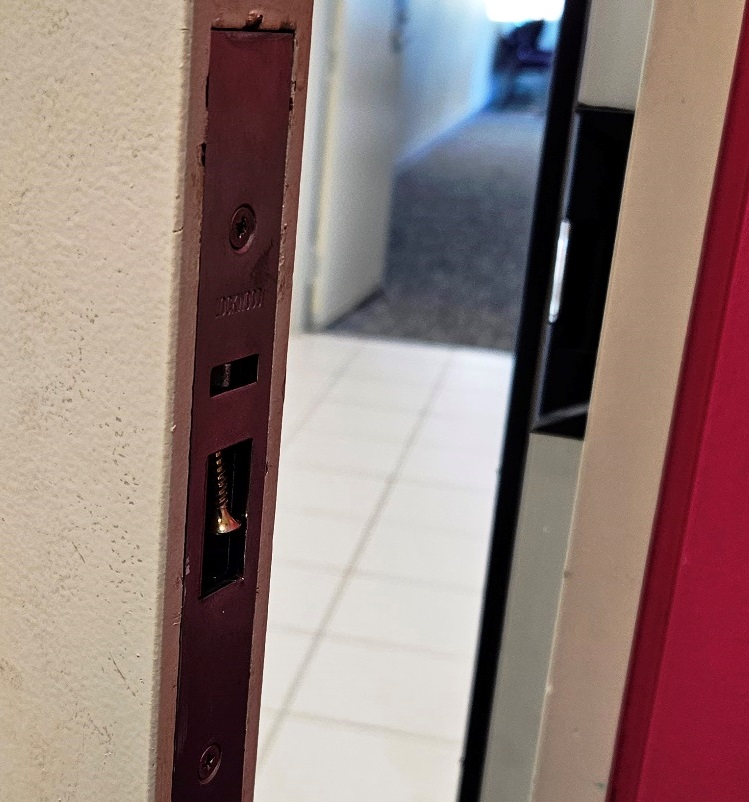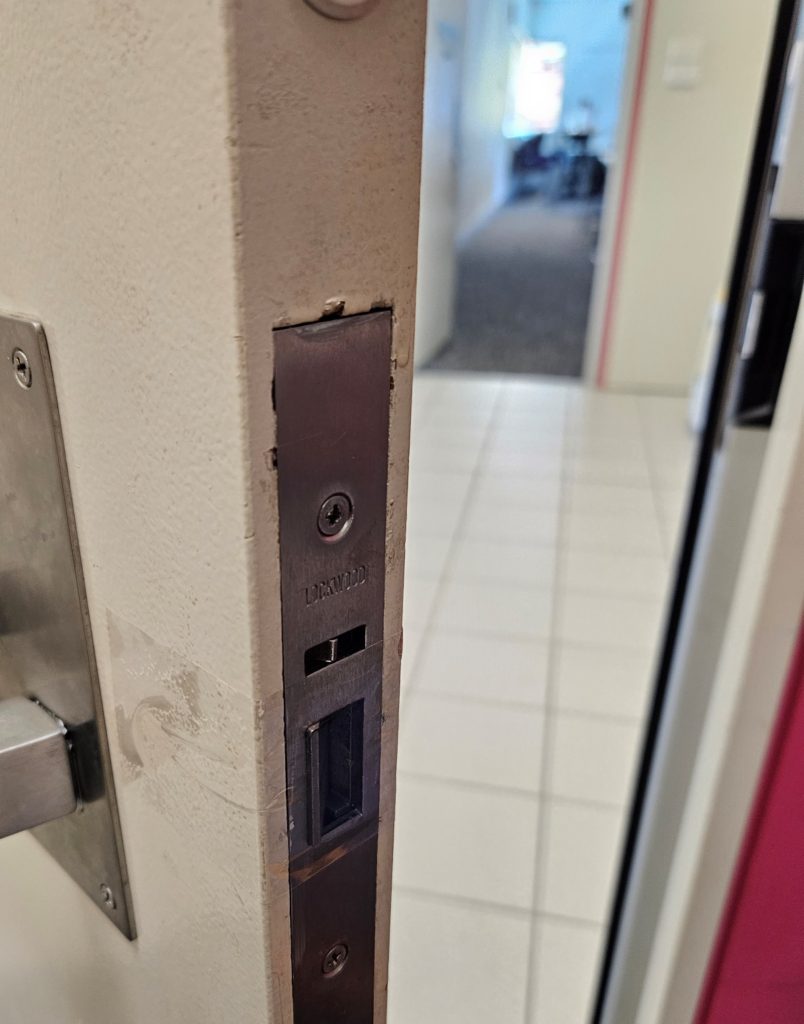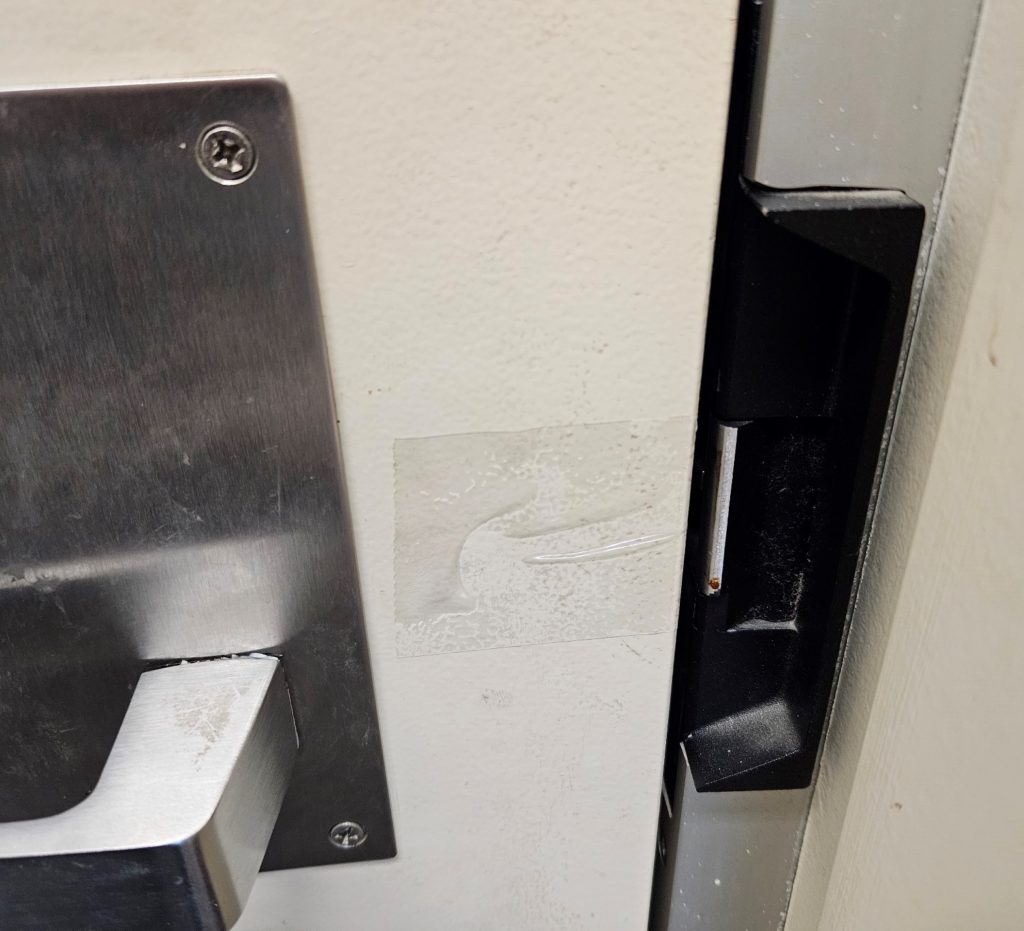Electric strikes are a popular choice for securing doors, for good reason, they are a cost-effective and versatile option. Electric strikes work with standard door hardware and can be configured to fail secure or fail-safe. They often also have outputs for monitoring the status of the locking solenoid (Lock Status Sensor, LSS) and the position of the mortice lock tongue within the strike keeper (Door Status Sensor, DSS, also commonly called tongue sense).
When connected to an electronic access control system these monitoring options allow security operators to determine if the door is properly locked.
There is a tendency in the security industry to erroneously use tongue sense as a request to exit (REX) device rather than for its intended purpose as a lock monitor. In theory, when the exit door handle is used, the mortise lock tongue is retracted, triggering the tongue sense and providing a “valid” REX signal to the access control system, thus preventing forced door alarms. This practice is commonly called “tongue sense as REX”.
This practice is, however, fundamentally flawed and has a negative impact on the security of the door and the ability for security operators to view and report on the door status.
Imagine an intruder kicking in or forcing a door. This will likely remove the mortice lock tongue from the strike and trigger a valid exit signal. The intruder can then pass through the door and close it behind themselves without triggering any alarms. The access control system will see the intrusion as a valid exit event.



It is also possible to tape back or obstruct the mortise lock tongue, this might happen during business hours when the door is unlocked. If the tongue sense is monitored correctly then the system would show a door not locked alarm after hours, thus prompting security staff to check the door. If the tongue sense is instead used as a REX device, then, depending on system configuration, it may keep the strike unlocked. At best the door will remain unsecured without any alarm being raised.
It is not possible to generate a true forced door alarm from an electric strike locked door with free handle exit and no exit PIR. The best practice for monitoring all doors locked by electric strikes is to monitor the tongue sense and LSS in series via an unlock or forced door input to the access control system. This will allow operators to check if the door is truly locked, that is, that the mortise lock tongue and strike solenoid are in their correct positions. A separate reed switch is recommended to provide the door position status.
There is no advantage to using tongue sense as a REX in any scenario. If forced door alarms are required from a free-handle exit electric strike door, then an exit PIR should be added.
If you are installing, specifying or using tongue sense as REX then you are needlessly compromising security. It is time to kill off this old and ill-advised practice.
